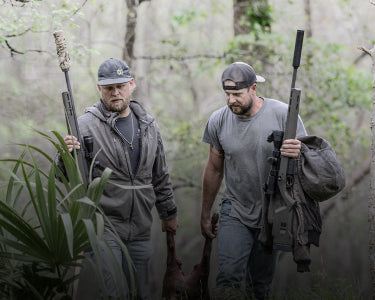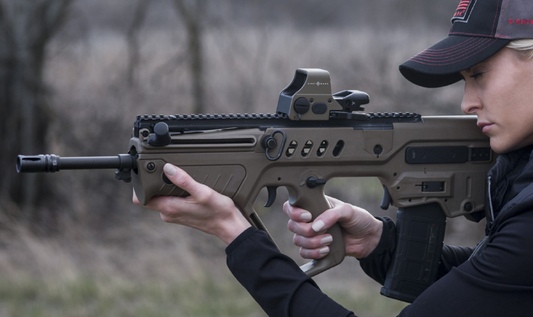
What is a Reflex Sight Good For?
If you’re in the market for a new optic and you’ve been cruising forums or chatting up your range buddies,...

Night Vision Shooting with Red Dot Sights
One does not simply expect to be accurate with iron sights if one is shooting at night. If you want...

Why does My Scope Wobble at High Magnifications?
There you are, creeping through the brush, heart racing, your rifle at the ready. You spot your target in the...
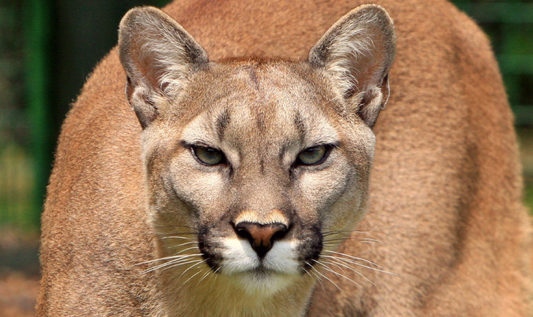
How the Colorado Mountain Lion Hunting Ban Affe...
On September 1st, 2024, Texas banned canned mountain lion hunting—that is, the practice of capturing mountain lions and releasing them...

The 9mm vs. .45 ACP Debate
The debate between 9mm and .45 ACP has been raging in both law enforcement and civilian circles for decades, and...
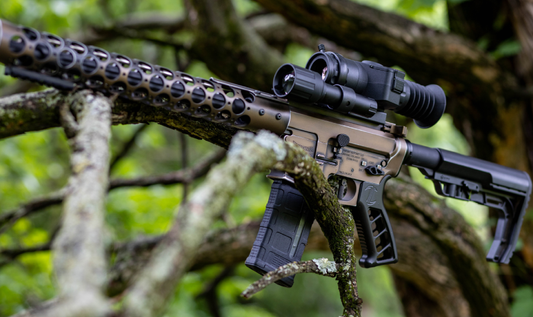
How Much Torque Do You Need for the Sightmark W...
So, you’ve picked up a Sightmark Wraith digital night vision or thermal riflescope, and you want to secure it to...
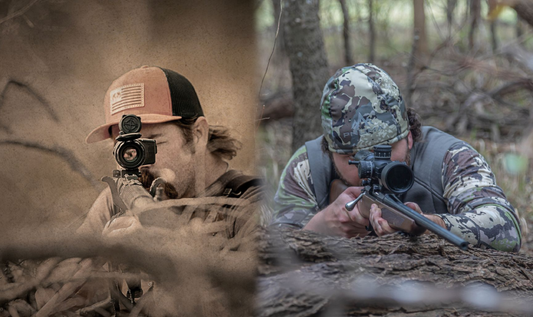
Digital vs. Traditional Zeroing
So, you’ve got yourself a new riflescope—nice! But before you start turning targets into Swiss cheese, you need to zero...

The Optical Triangle: Eye Relief, Field of View...
If you go deep into the world of optics when shopping for a rifle scope, you might hear about the...


